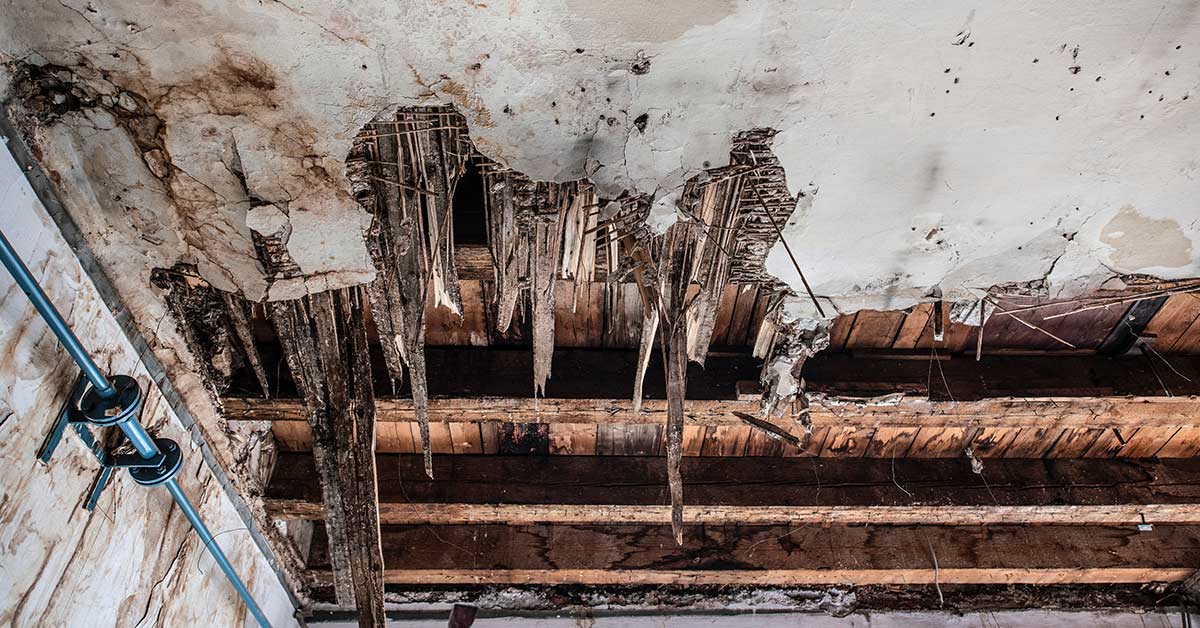When Cherie and Darren Forrest moved into a council house, it suited them and their three children. However, a decade later, the family has expanded and the ten members are now “living on top of each other”. As a result, they have taken drastic measures to fit. For example, they have taken the hinges off the doors in one of the bedrooms to make enough room for beds. Additionally, their autistic son is forced to live in a cupboard. However, the family has been on a waiting list for a larger home for the past three years.
So Little Space, the Son Has to Live in a Cupboard
“It’s difficult when there’s 10 of you in one little house because you’re always tripping over each other,” Cherie explained. “We’ve got my three youngest daughters sleeping in my room. The little one in the bed with me and the others in their own bed.”
The parents had to take drastic measures to create a private space for their son with autism. He had no choice but to live in a cupboard. “My son has to have his own room because he’s autistic and he can’t have his brother touching his stuff. His room used to be a cupboard room but we had to turn it into a bedroom and take the door off to fit the bed in.”
Additionally, their oldest daughter needs her own space because of her epilepsy, but there’s no room, not even a cupboard, for her. “The three older girls are in a room together but my oldest daughter who’s 16 has epilepsy so she needs her own space. Sometimes she’ll have seizures in the night and we have to call an ambulance out which then wakes the others up, which isn’t ideal.”
She added, “My other son is sleeping downstairs with his dad. We have to sleep separately because there just isn’t enough room.”
Sleeping conditions aside, it’s hard to live in such a tight space, especially for the three daughters sharing one room.”If the other two want to play in their bedroom it’s difficult because the older one is trying to do her coursework.
“It’s really difficult, we can’t fit everyone in. We’re all living on top of each other.”
The Mold Problem
However, the son is forced to live in a cupboard is only the beginning of their issues. The home also has a mold issue and a bathroom leak collapsed an entire ceiling. The sight and smell make the house almost unlivable. “You can smell the mold all around the house. It’s horrible in the living room, it’s all down the back of the sofa,” Cherie said. “People have been out to put mold paint on but it hasn’t done anything.”
The issues began when the family got a new bathroom. “The tiles were falling off the wall and we had water from the shower going into the wall and there was water shooting down the stairs. The floorboards were drenched. The first time we complained was before Covid but the pandemic meant we’ve been waiting for it to be fixed.”
Cherie and Darren had moved to this home from a Bromforad Support family unit. Before then, they had lived at Cherie’s parent’s home but it became too crowded. Surprisingly, when the couple met while they worked in Iceland, neither of them desired a large family. “It can be hectic but it’s nice watching them all grow up. We don’t plan on having any more children though.”
Unfortunately, the children feel the negative effects of their unsavory home. “The kids’ school has even written letters to the council and said it’s having an impact on the kids,” said Cherie. “We’ve had a social worker write them a letter to say the conditions aren’t suitable but we’re still waiting.” [1]
How to Spot Child Endangerment
It’s no surprise the school has noticed an impact on the children. Children who reside in inadequate homes could show signs of neglect, and being forced to live in a cupboard isn’t considered a healthy living condition. This in turn could take a negative toll on children’s behavior and emotional well-being. Teachers are likely to notice when these issues arise, but other adults involved in the children’s lives could notice it as well. These signs could include:
- Changes in behavior, such as aggression or hostility
- Changes in school performance
- Social withdrawal
- Depression, anxiety, or low-self esteem
- Attempts to run away
- Frequently missing school
- A lack of supervision
- Rebelliousness or defiance
- Reluctance to go home after school
- Self-harm or suicide attempts
Signs of neglect in particular include:
- Poor hygiene
- Lack of clothing or supplies
- Weight gain or poor growth
- Hiding food
- Lack of proper medical attention or follow-up
- Poor school attendance record
- Stealing food or money [2]
Never ignore signs of neglect or abuse in children. Don’t give in to the bystander effect and hope someone else will take charge of the situation. It’s very possible that if you don’t step in, no one will. To report suspected child abuse or neglect, contact your local child protective services or law enforcement agency. Remember, anyone could report a suspected case of neglect or abuse, but it’s mandatory for social workers, teachers, and other child care providers to report it. When you call, give a complete and honest account of what you have seen that makes you suspect abuse or neglect. The service will take care of an investigation if needed. However, if a child is in serious or immediate danger, call 911 right away. [3]
Keep Reading: “Granny Pods” Now Allow Your Aging Parents To Live in Your Backyard
Sources
- “Mum-of-eight complains son forced to live in a cupboard as family-of-10 cramped in three-bed council house.” The Sun. Dan Keane.
- “Child Abuse.” Mayo Clinic.
- “How to Report Child Abuse and Neglect.” Child Welfare Information Gateway

